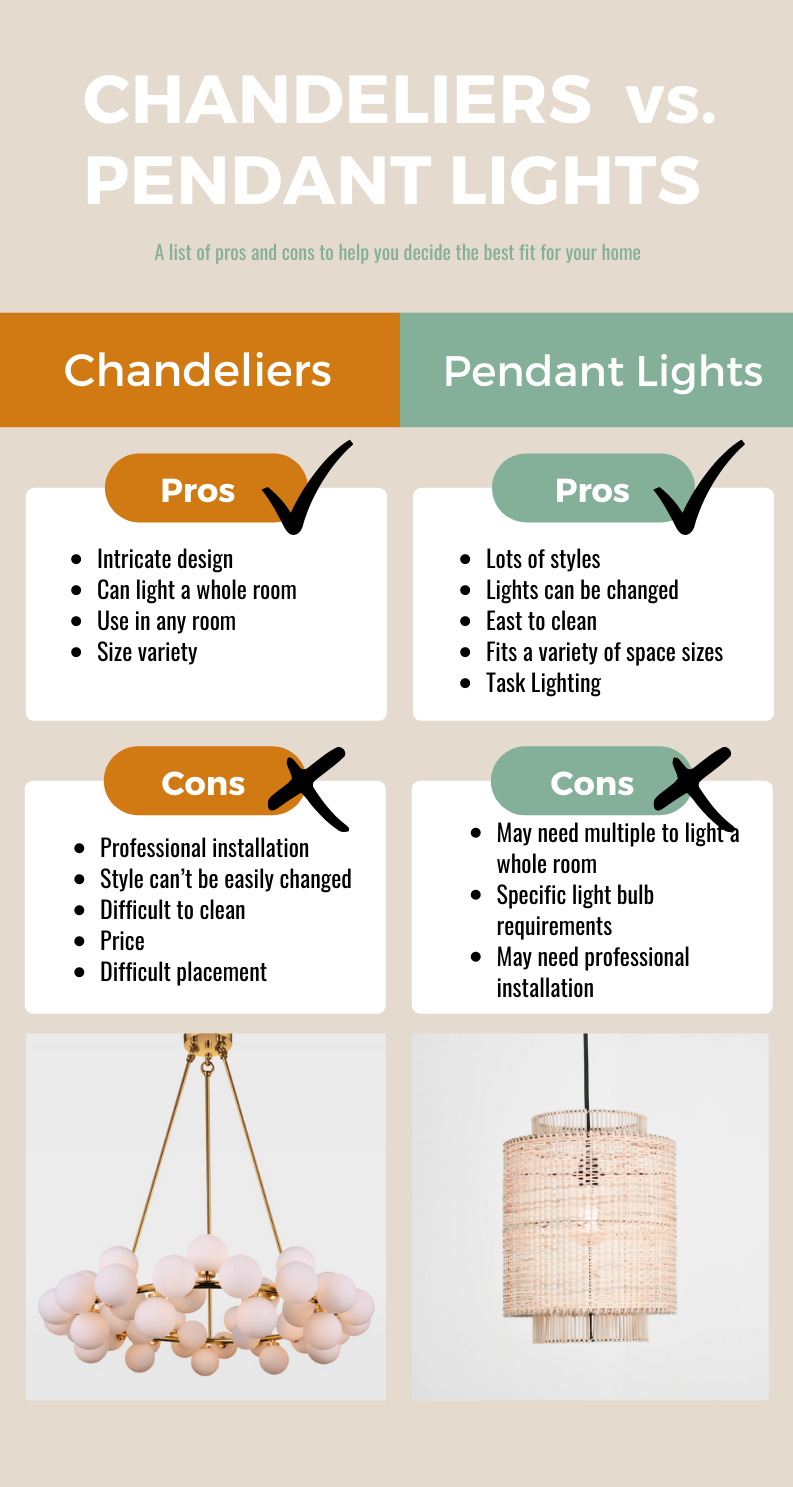Less is more with a small space, especially when you use what you have and buy intentionally. If you’re looking to use your space better or just go more minimalist, versatility is key.
Not only is versatile design increasing in popularity (think tiny homes or vans converted to homes), it’s also better for the environment and your health. Researchers found those living a minimalist lifestyle experienced more positive emotions and a variety of “wellbeing benefits.”
Investing in multi-use furniture, choosing more versatile lighting, and getting creative are 3 ways to use your space better so you can live with less and still feel like you have more.
1. Multipurpose Furniture
When you’re trying to create a more versatile space, the best place to start is furniture. Choose pieces that serve more than one purpose. Here are some ideas to create storage that will reduce clutter and the number of furniture pieces you’ll need.
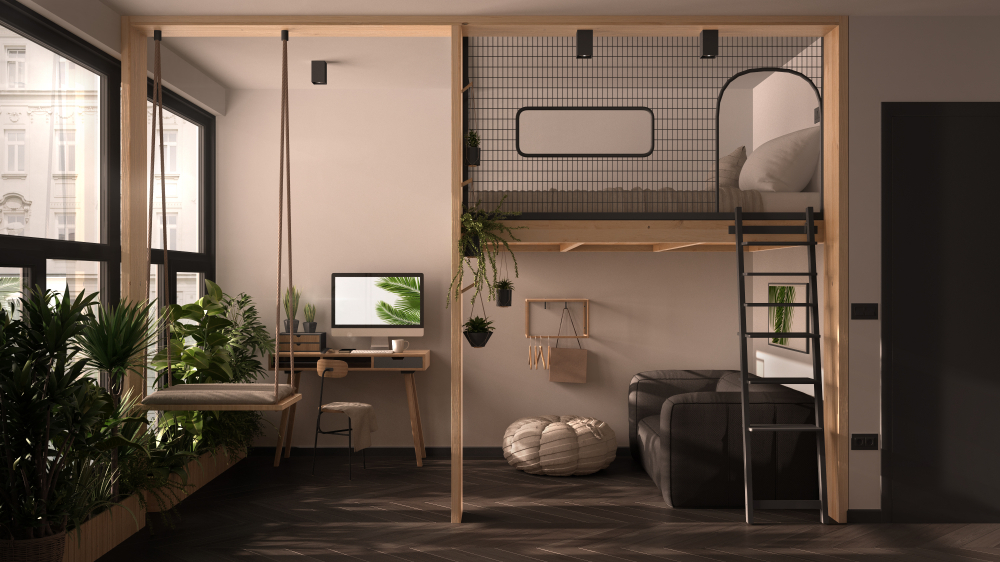
Loft beds like this one give you double the space, allowing you to have a desk when you may not otherwise have room. You could also create a cozy setup like this!
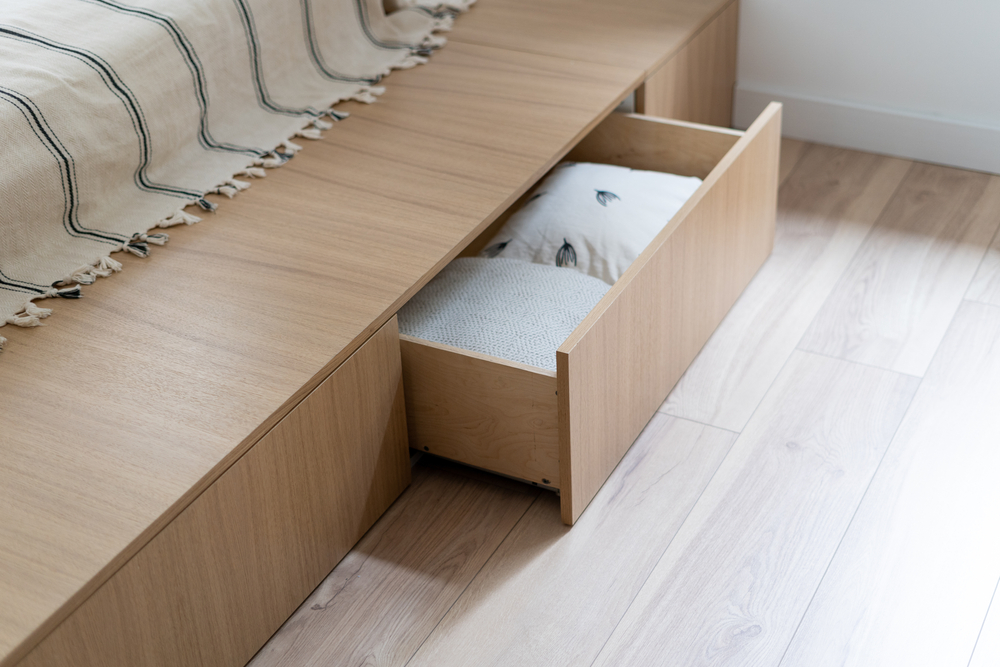
If you have a larger bed, maximize your space using under-bed storage. Find a bed with drawers in the base or just use baskets (they serve the same purpose).

Benches are often underutilized pieces of furniture, but they shouldn’t be! They’re incredibly versatile and can go almost anywhere in your home. Have an unused wall or corner? Scour flea markets to find a bench. If it doesn’t have built-in storage, simply add a few baskets underneath for shoes, blankets, or other items.
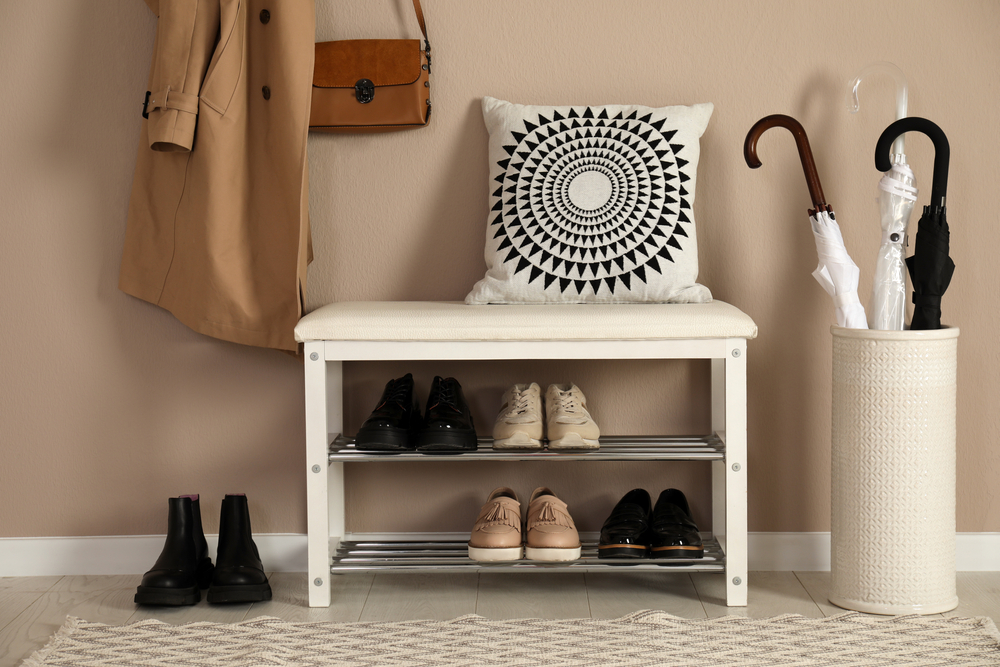
This entryway setup creates a natural place for shoes and offers a place to sit while putting them on. Bonus: it’s small and would fit anywhere.
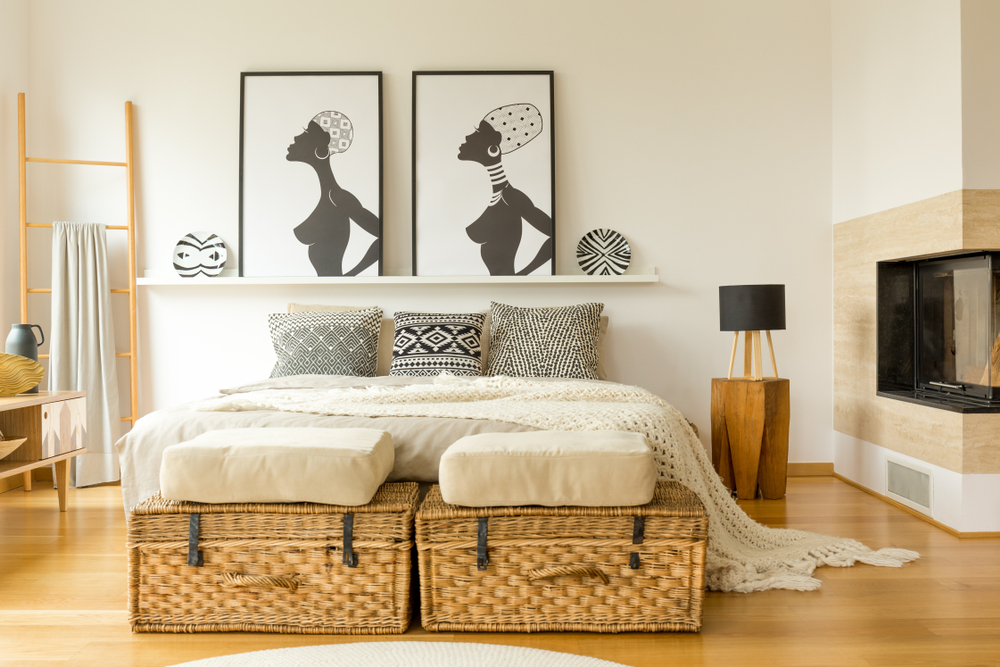
These wicker baskets act like an end-of-the-bed bench while also providing storage where you can tuck away extra pillows and blankets.
2. Choose Lighting that Creates Space
When you’re looking for other ways to make your home more versatile, upgrading your lighting is another quick and practical option. Changing up your lighting can save you space and make your room feel bigger. If you choose quality fixtures that last longer and use less energy, you’ll end up saving money in the long run, too.
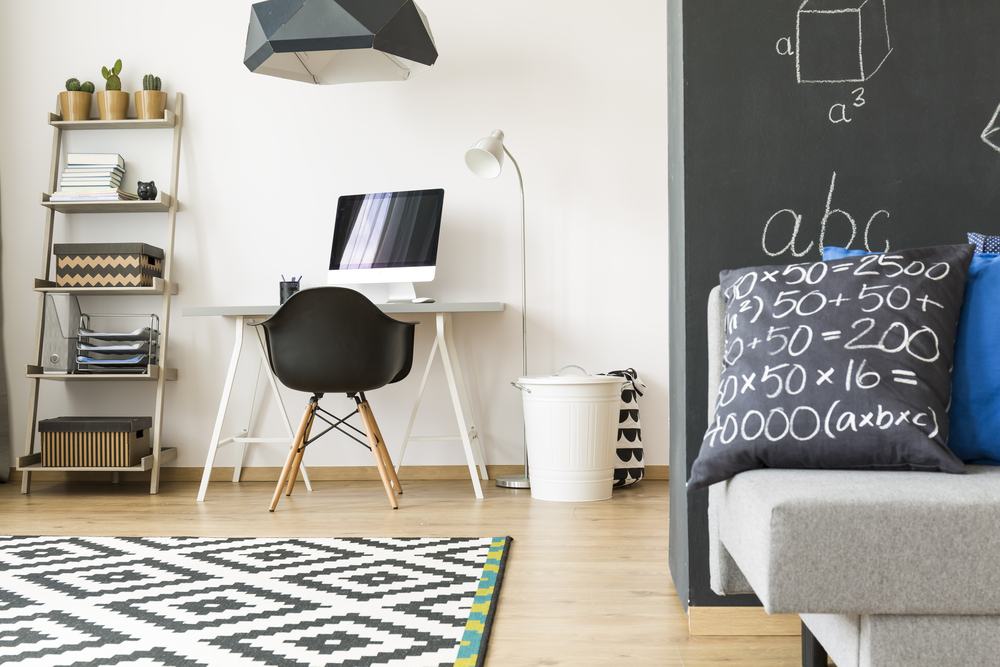
Task lighting is essential in an office space. Ditch that desk lamp that’s taking valuable real estate on your work surface and find a flexible floor lamp that can be used as ambient lighting or as a reading lamp when you’re off the clock.
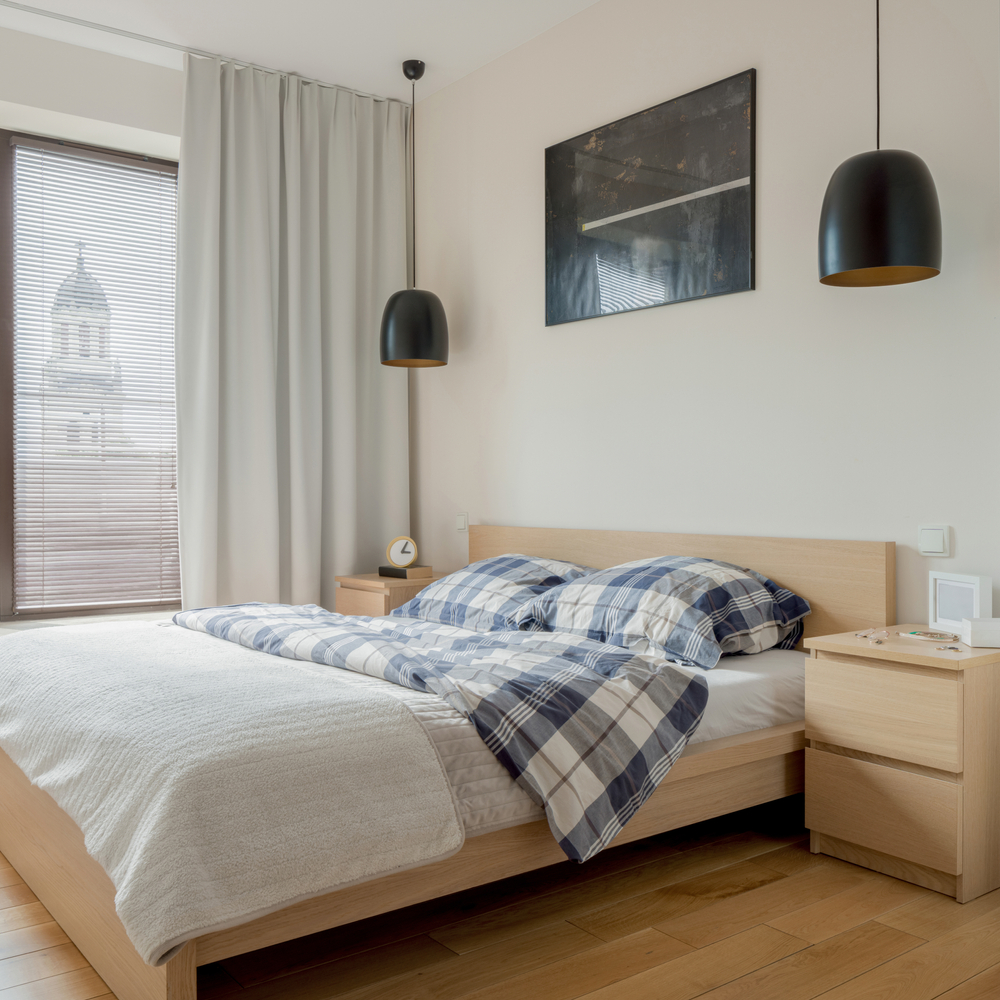
Instead of using a table lamp on your nightstand, consider hanging pendant lights above it instead! Visually, it creates space around your bed, making it look more open and airy. Plus, you’ll have more room for that stack of books you’re working on.

Small kitchen woes are no more with under-cabinet lighting. LED light strips are easy to stick on, and they’ll make your kitchen feel bigger and brighter. They also make your counter space more functional – nobody should be using a kitchen knife in the dark!
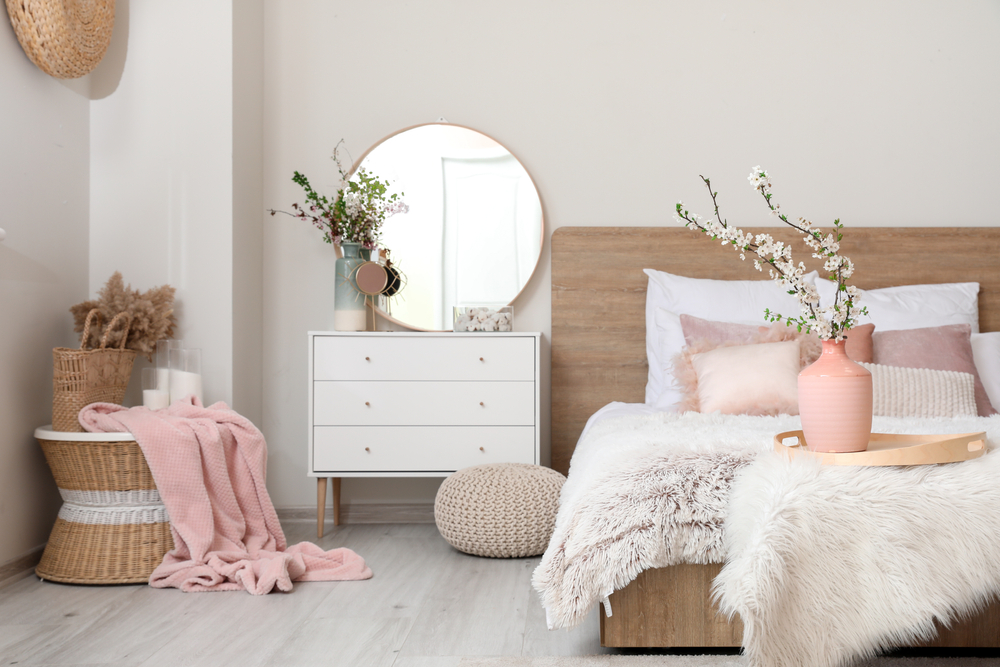
Pro tip: Mirrors make your space look bigger! Place one near a window or a light fixture to reflect the light to create the illusion of a larger space.
3. Get Creative
Arguably the most important way to save space is to get creative! There are so many ways to use your space better, and there are lots of places to find inspiration. Look for wasted space in your home, and find design solutions that are versatile and solve multiple problems.
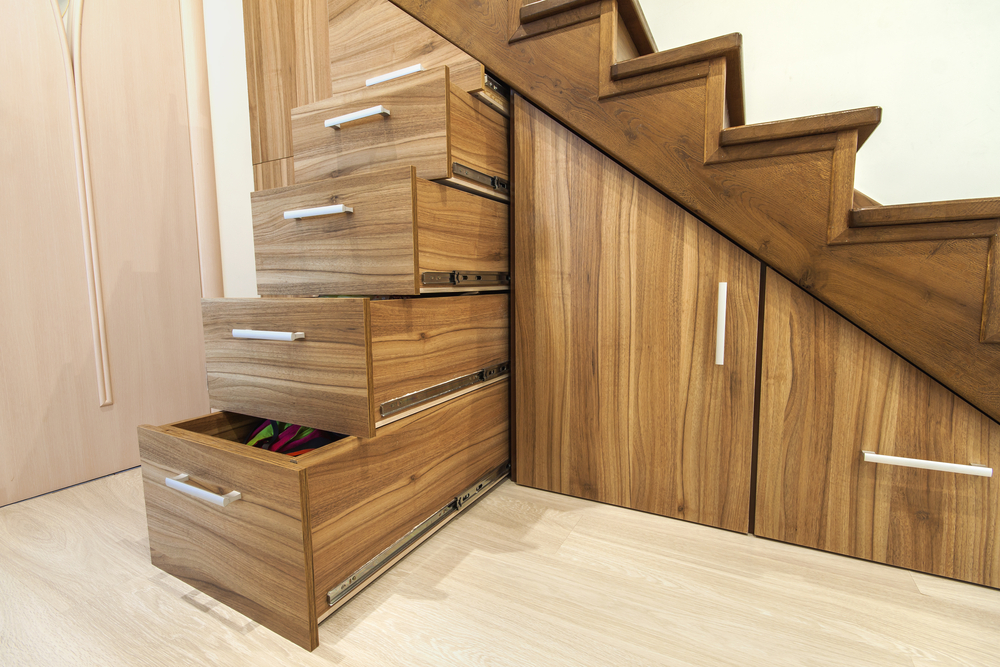
A common place to find wasted space is underneath the stairs. Getting it opened up and organized is a great way to get more bang for your buck. Drawers like these make use of every single square inch under the stairs!
If drawers aren’t an option, find shallow shelving or hang hooks on the wall to create a space where you can throw all of those holiday decorations you only see for a month at a time.
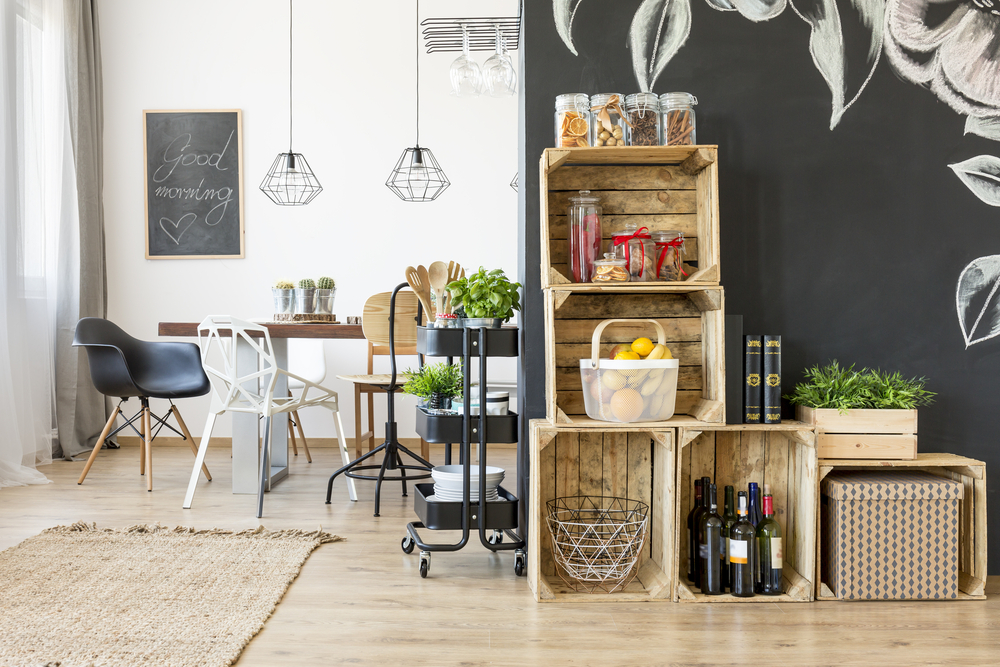
If your kitchen space is small and you’re short on storage options, put your empty corners and walls to work. This 3-tiered cart does double duty as a plant stand and extra kitchen storage. The wooden crates also double up – serving as both a decorative element and open shelving for larger kitchen items that would otherwise take up valuable cupboard space.
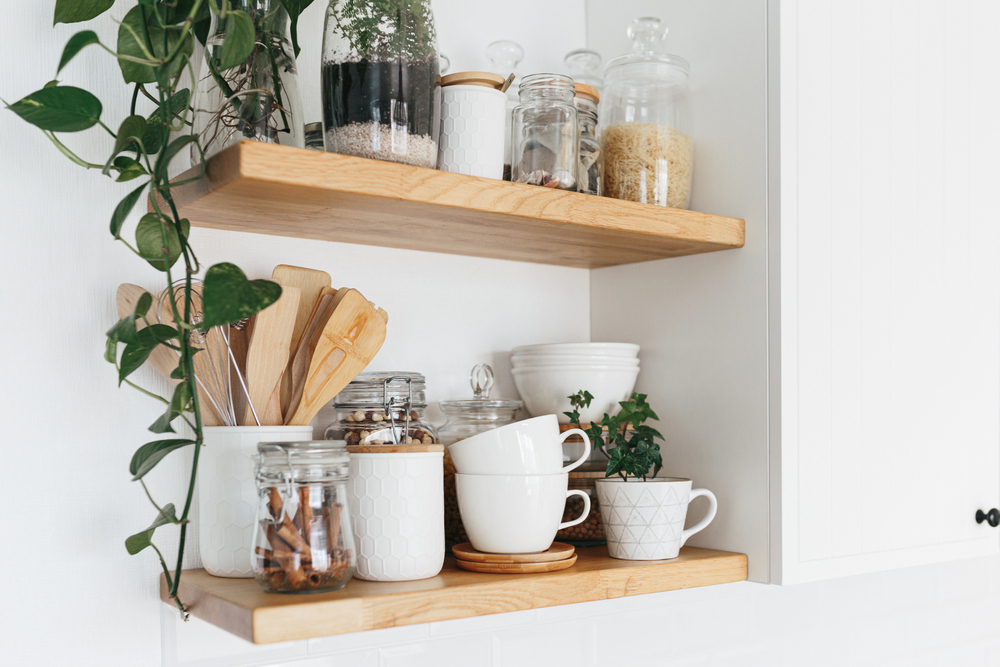
Another way to add visual interest while creating storage is hanging up floating shelves. Open shelves like these are a great place to put your favorite kitchen-wares on display where they can be easily found when it’s time for a mid-afternoon coffee break.
Open shelving also works great in the bathroom. Use them to store bulky bath towels, or buy decorative baskets to hide away all of that countertop clutter when you’re not getting ready for the day.
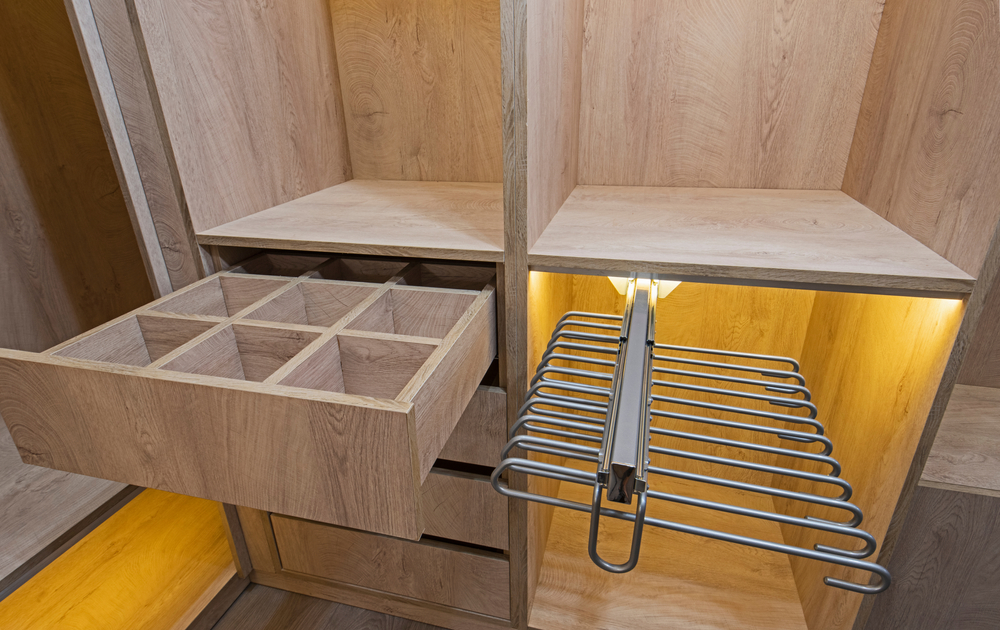
Closet busting at the seams? Make your closet space work for you with organizing systems that save space, like these drawers and slide-out racks.
Maximizing Your Space
This tiny home is a perfect example of these tips in action. The multi-use kitchen set can be folded away and used for extra guest seating. Natural light and interior lights combine to keep shadows at bay, making a small footprint feel open and airy. Creative storage options are tucked into every square inch.
You don’t have to be making the most of a tiny apartment to take advantage of space-saving and space-creating design tips. Just remember – when you’re trying to maximize your space, everything you have counts. Make sure everything you have is intentional and serves at least one purpose – hopefully more!
To learn more about creative lighting solutions that will help you maximize your space, stop by Illuminations’s showroom! We’d love to chat and help you find what you need to get started.
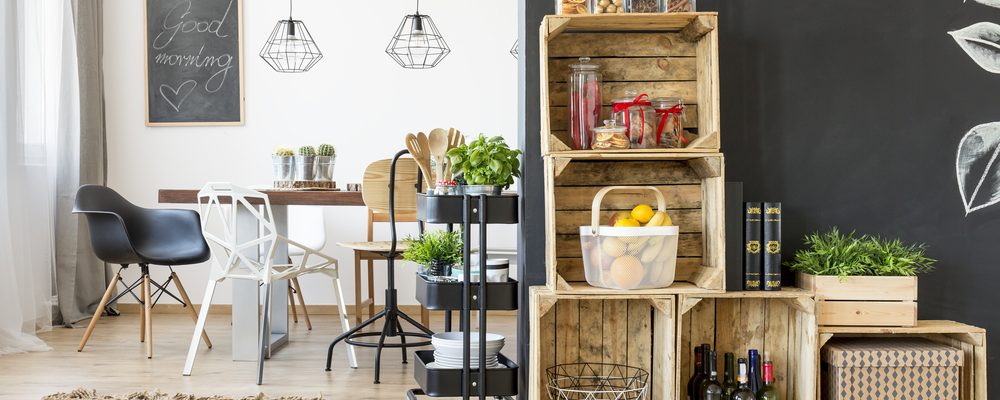
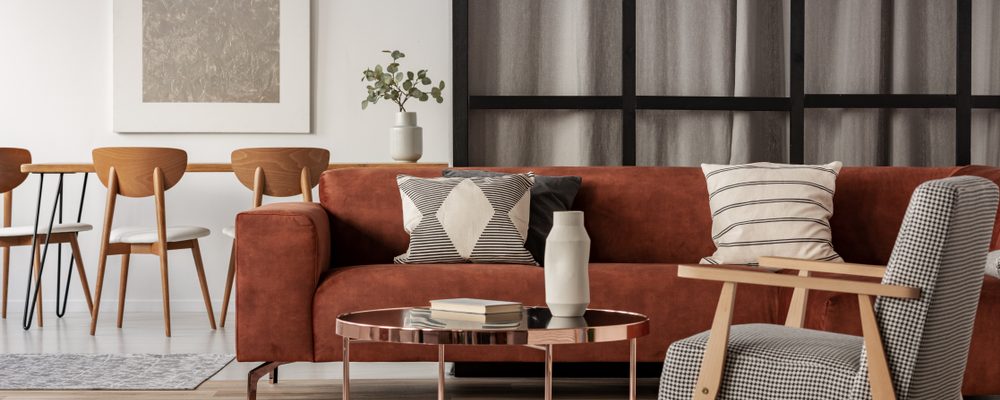
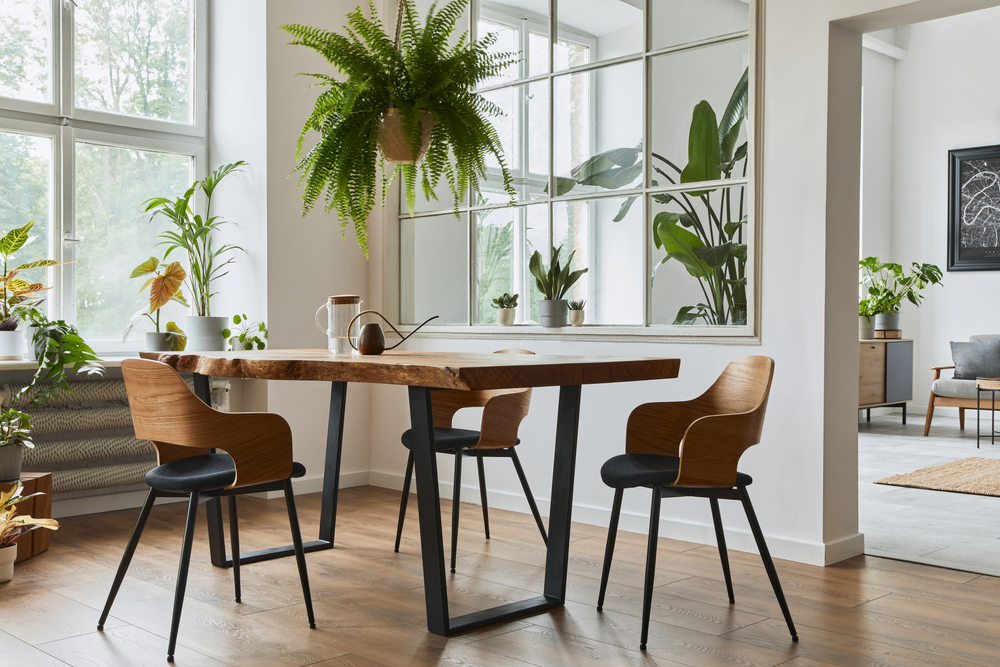

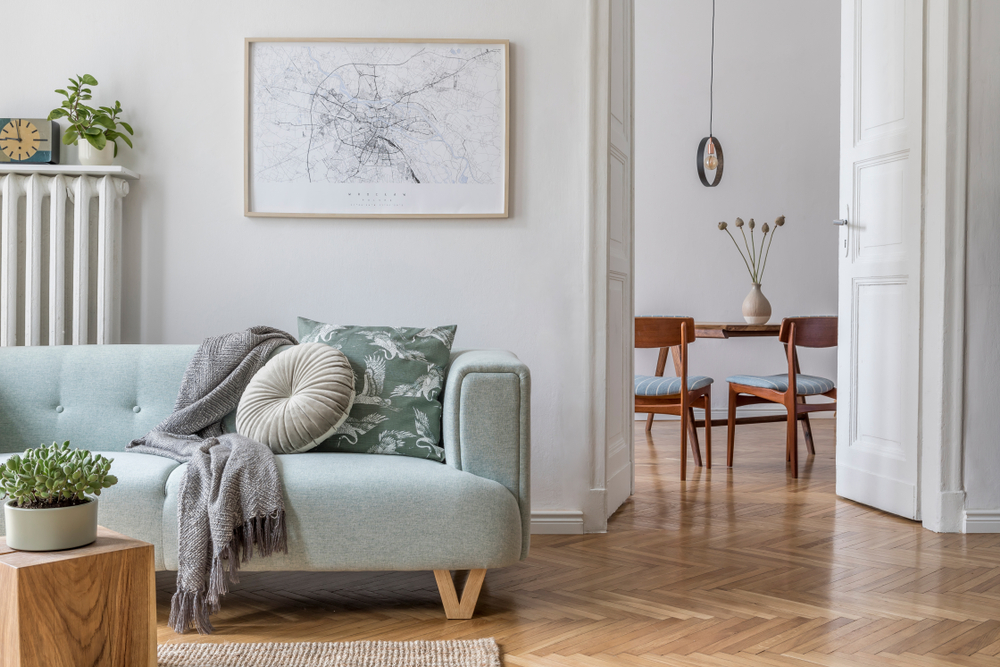

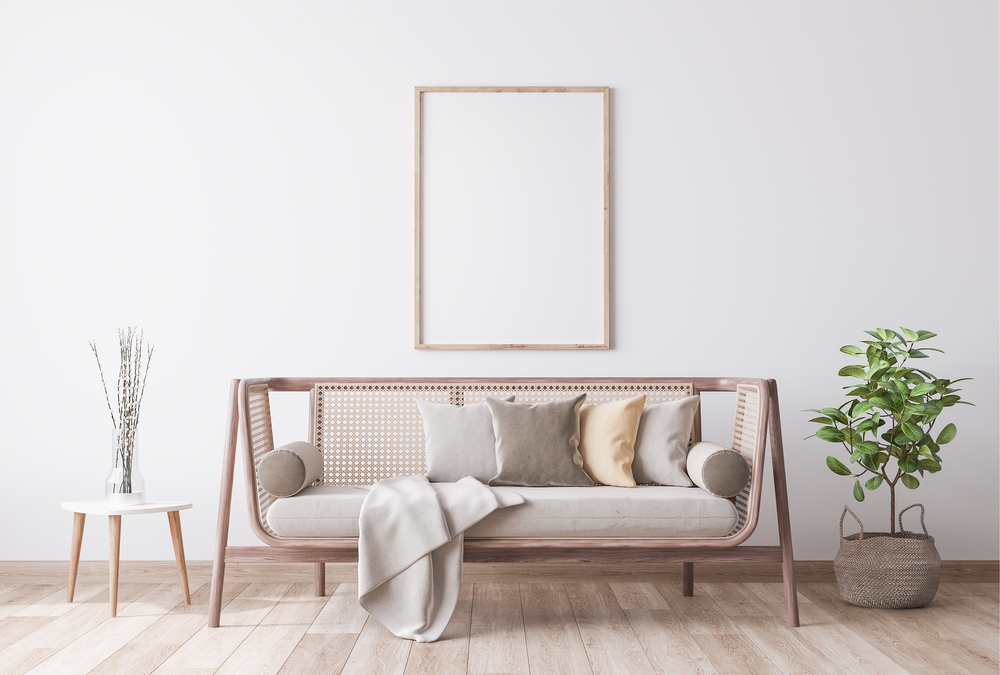
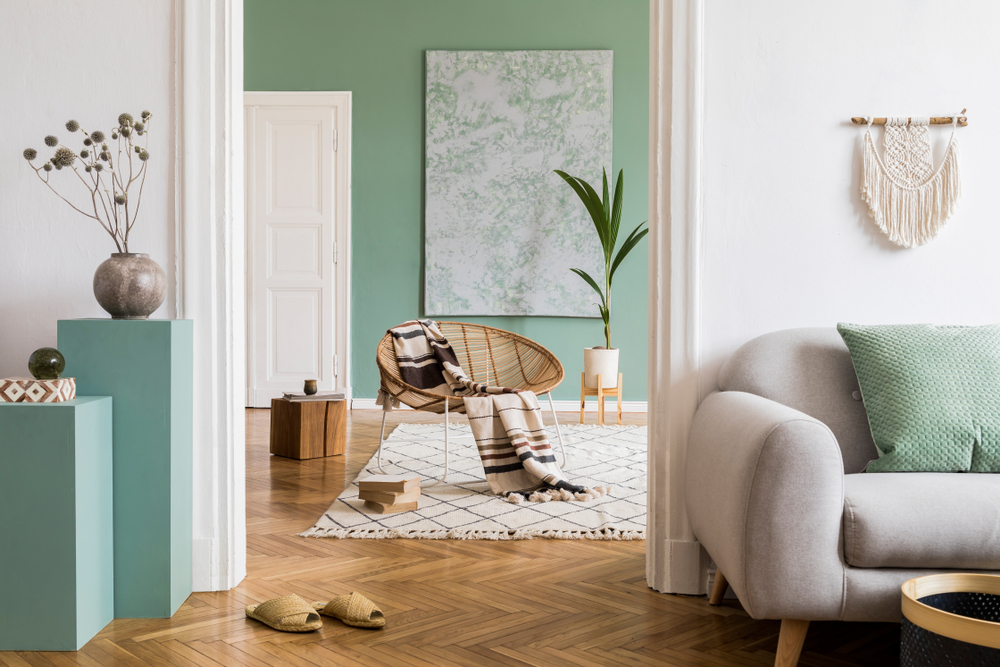

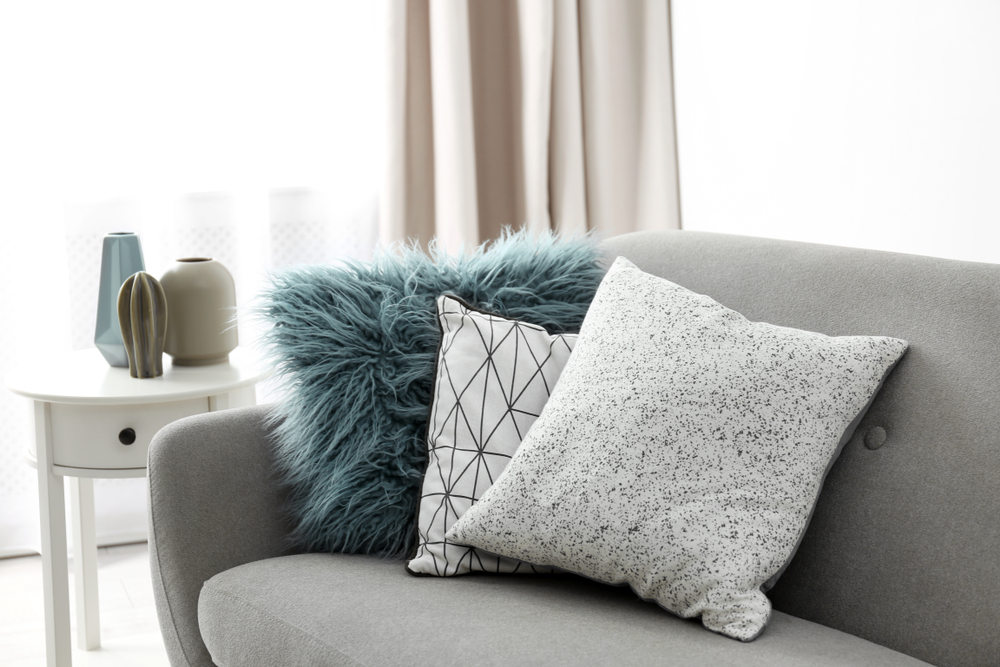

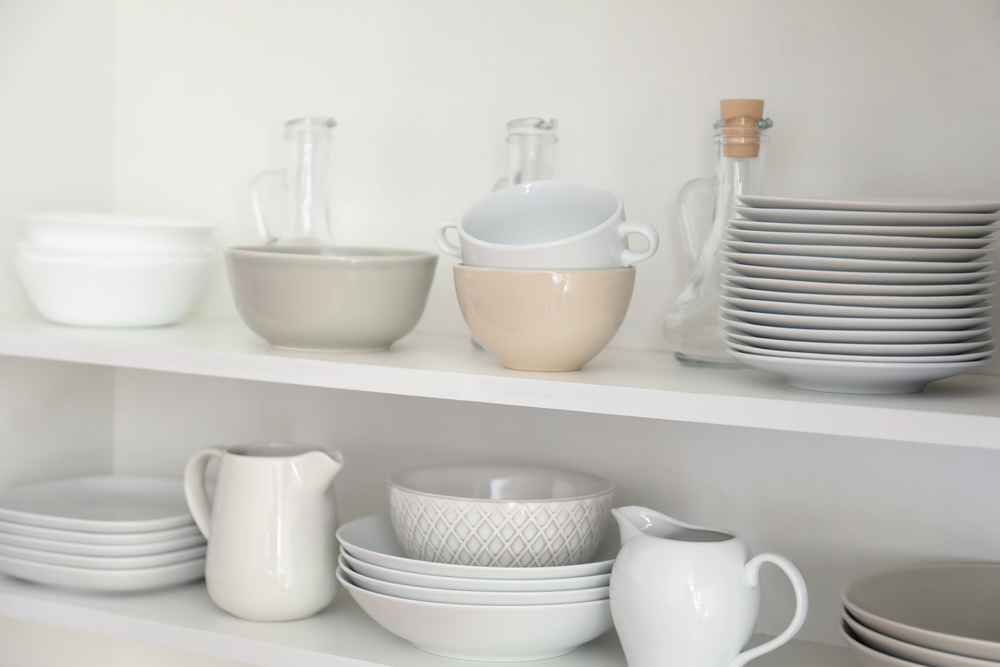
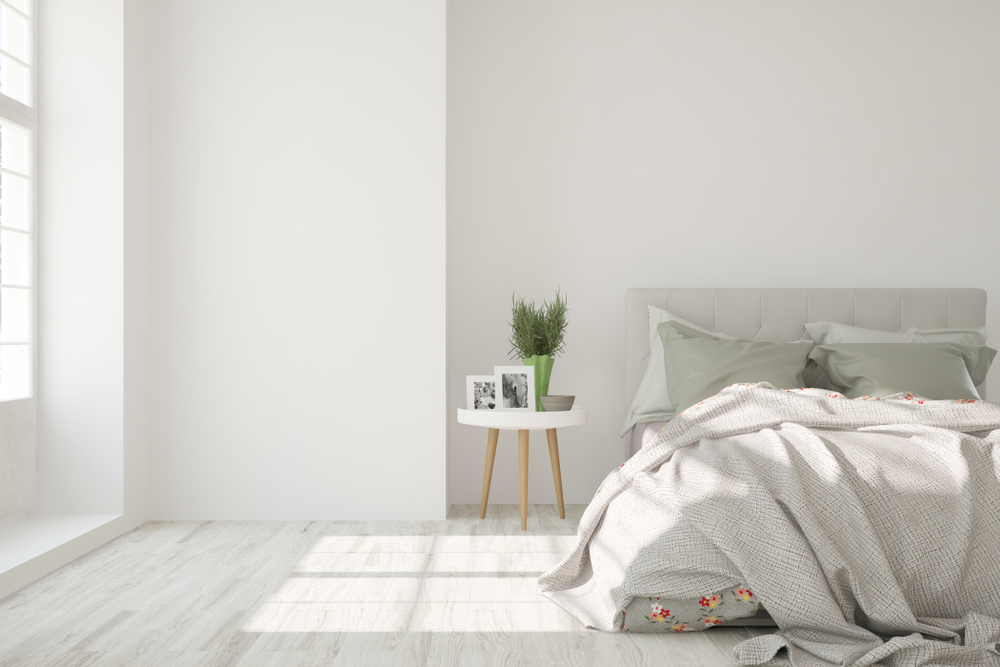

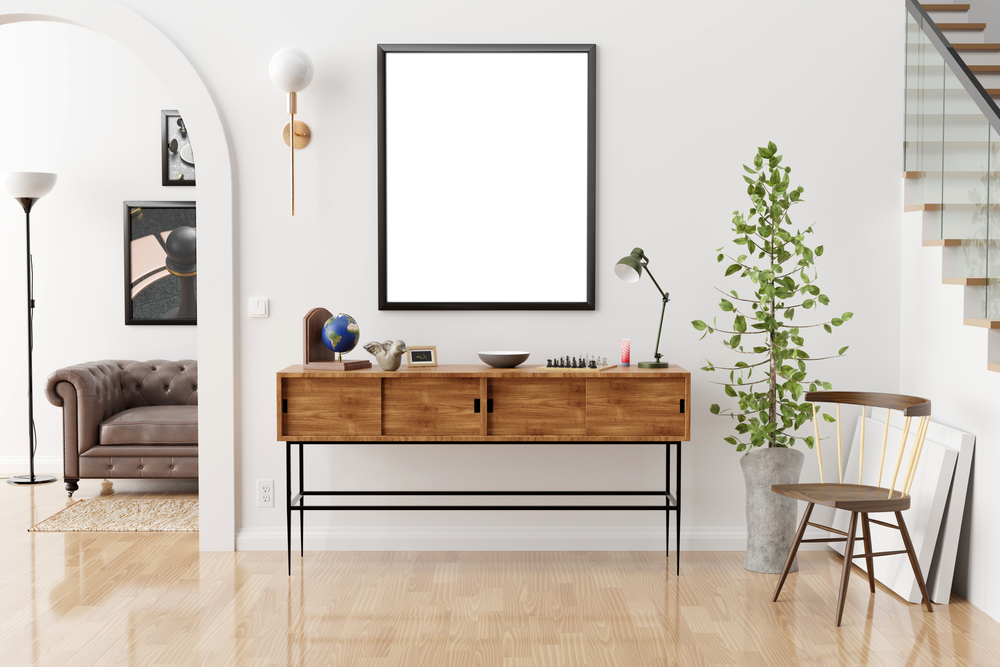

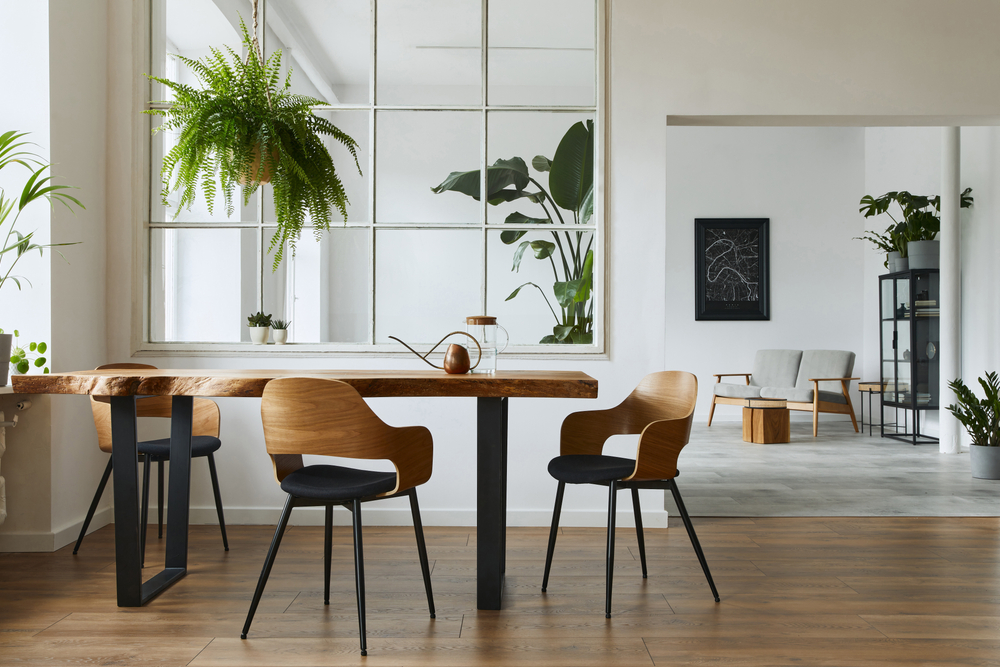
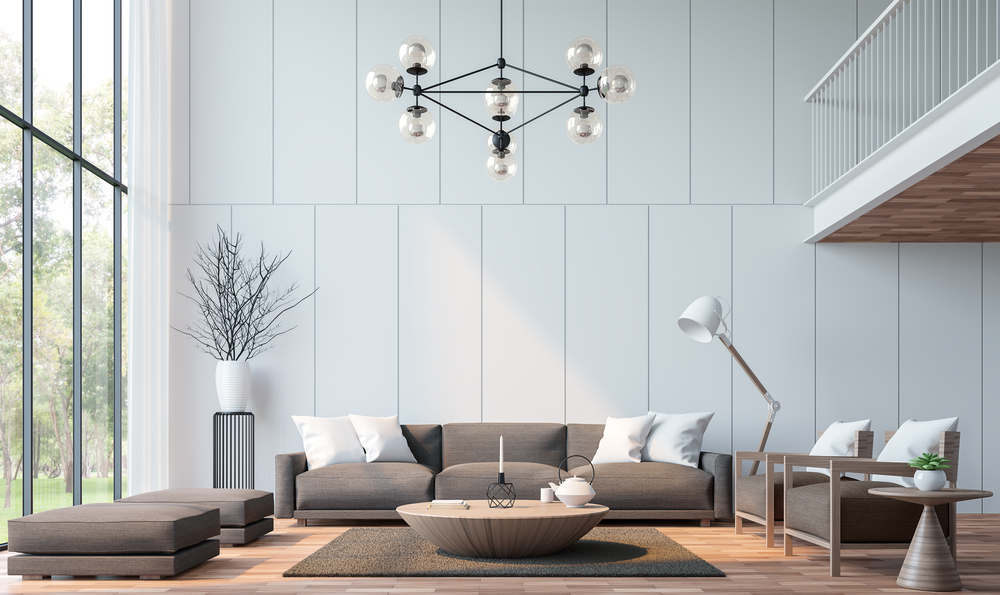
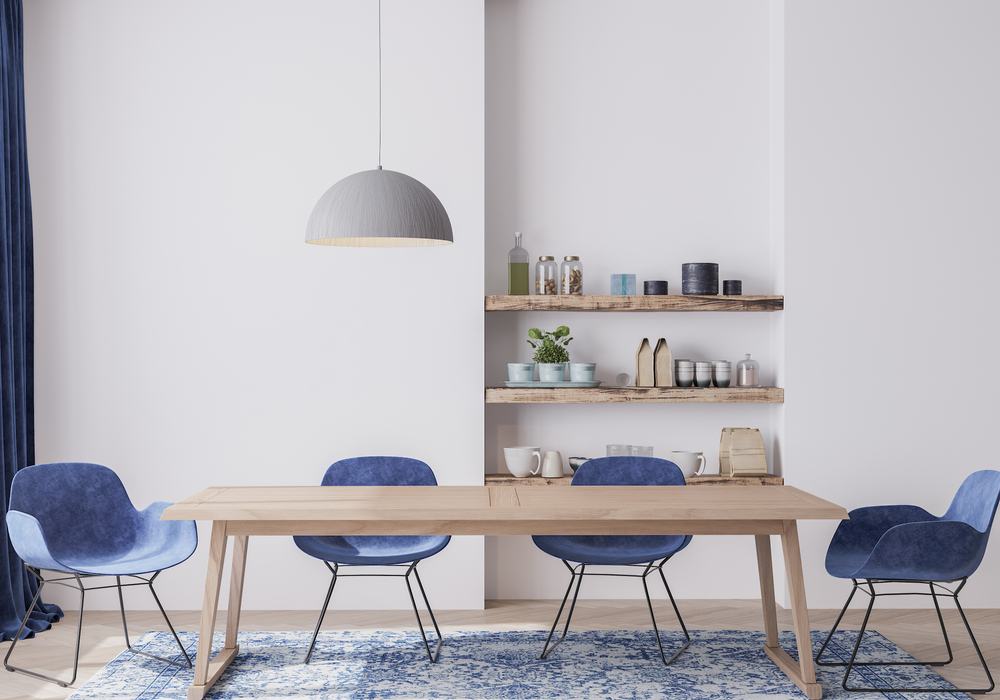
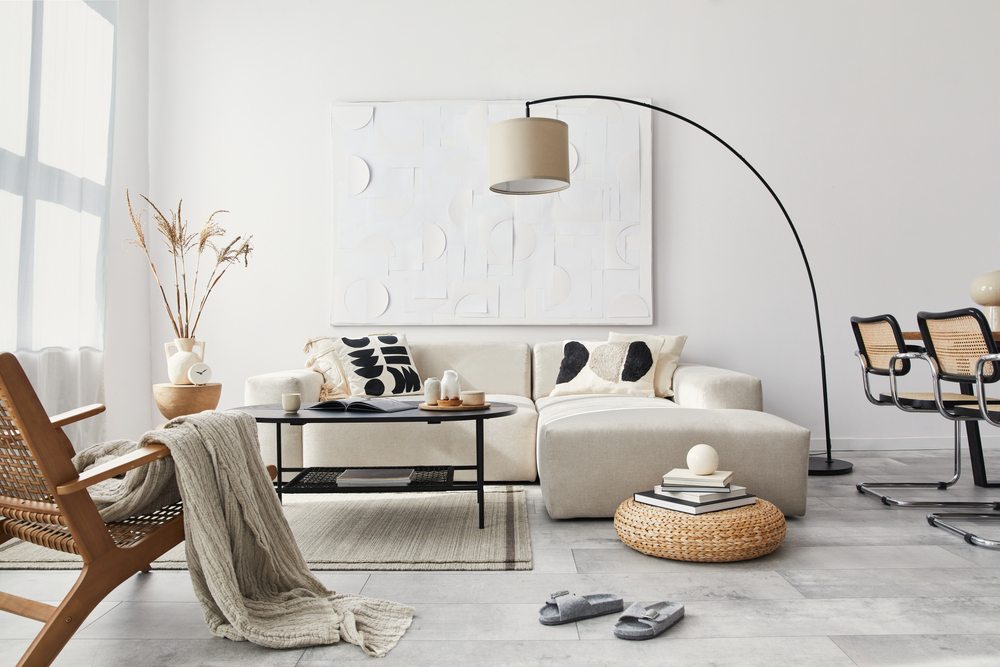


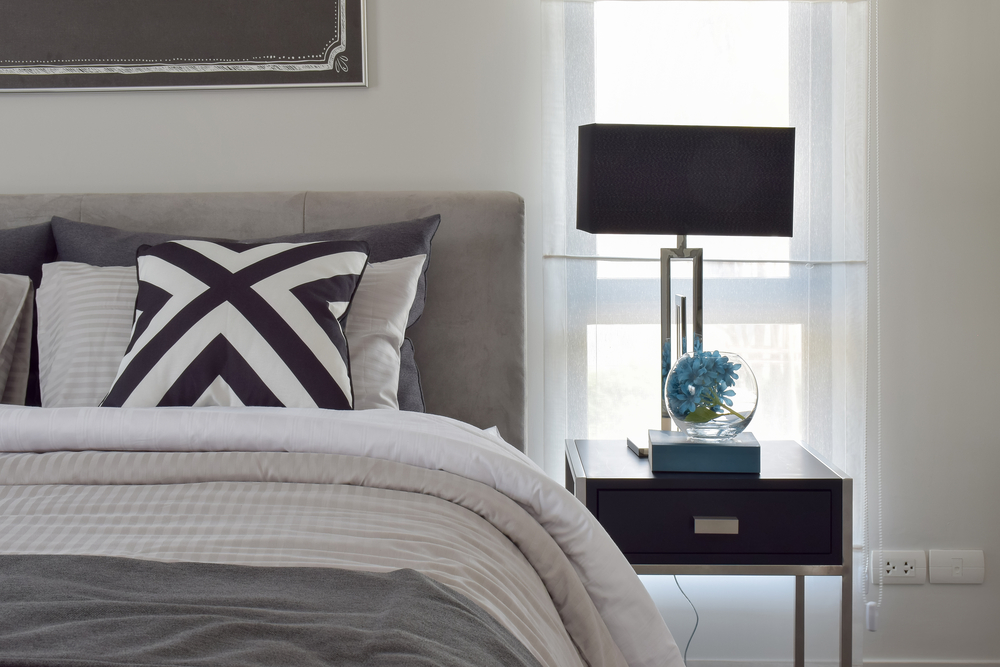
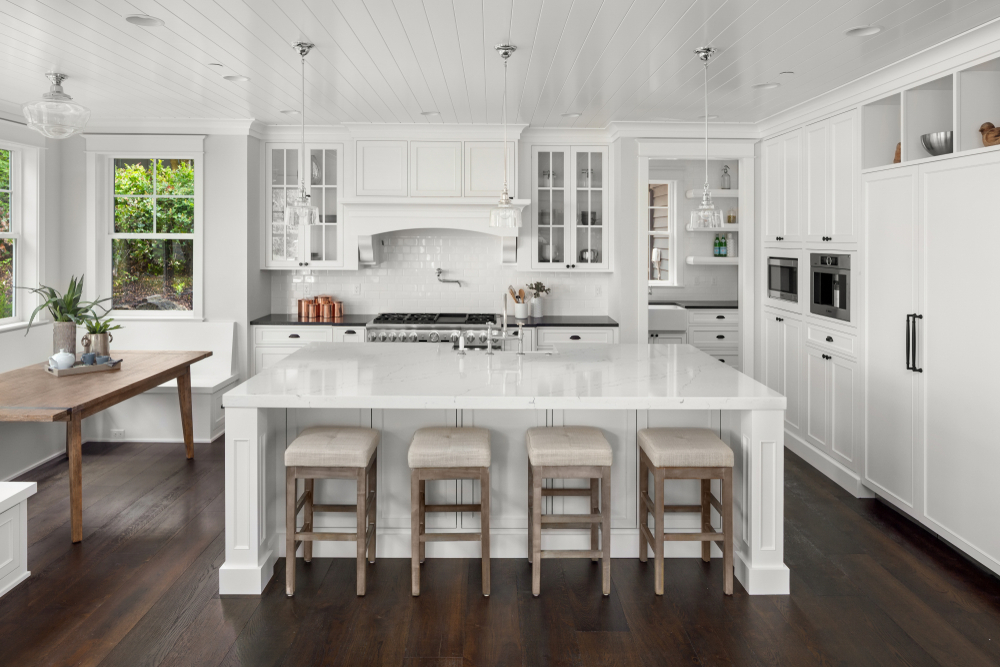

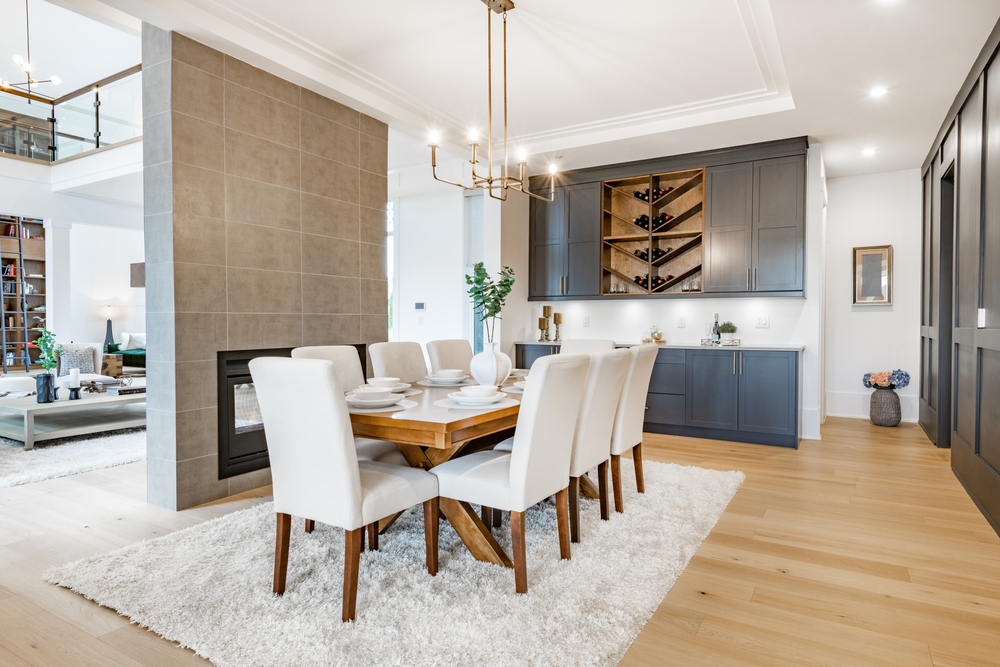
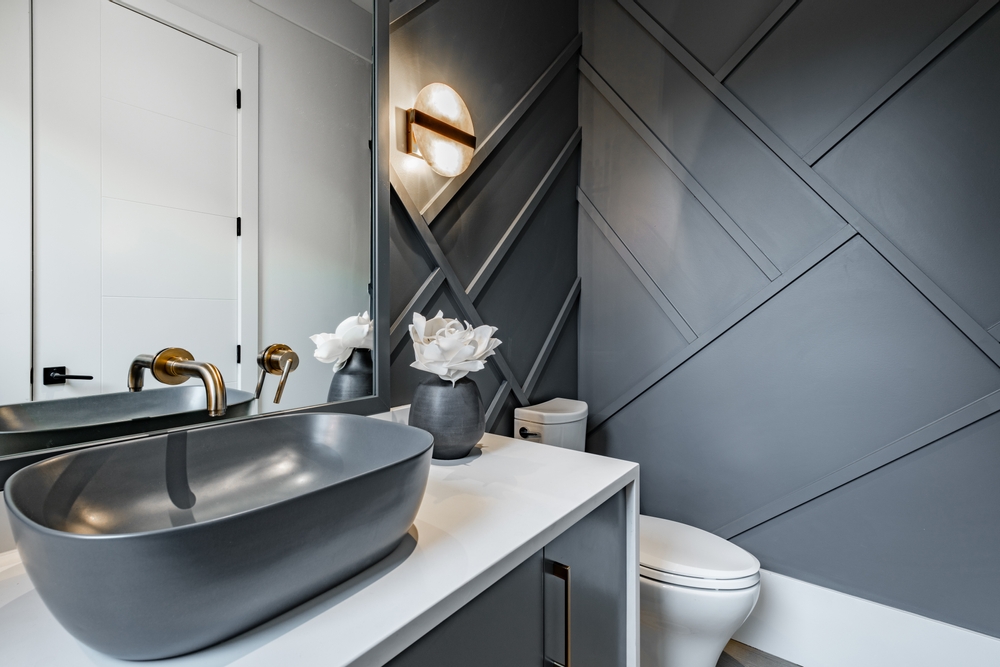
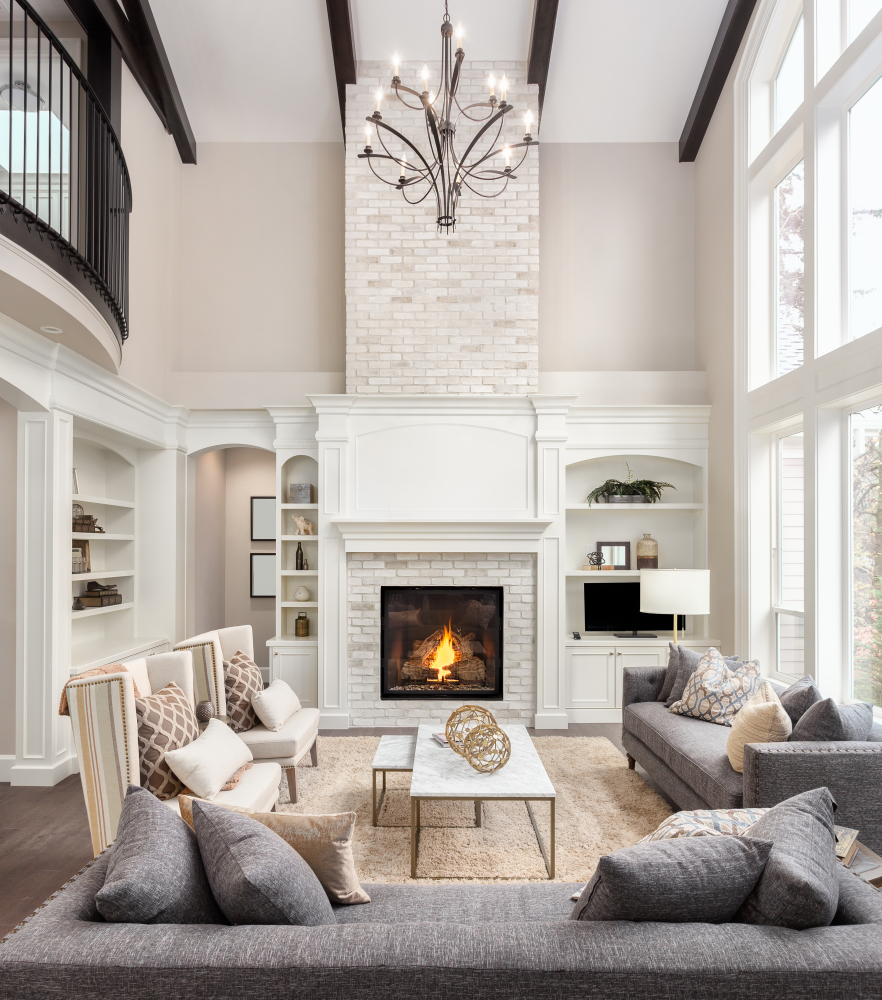
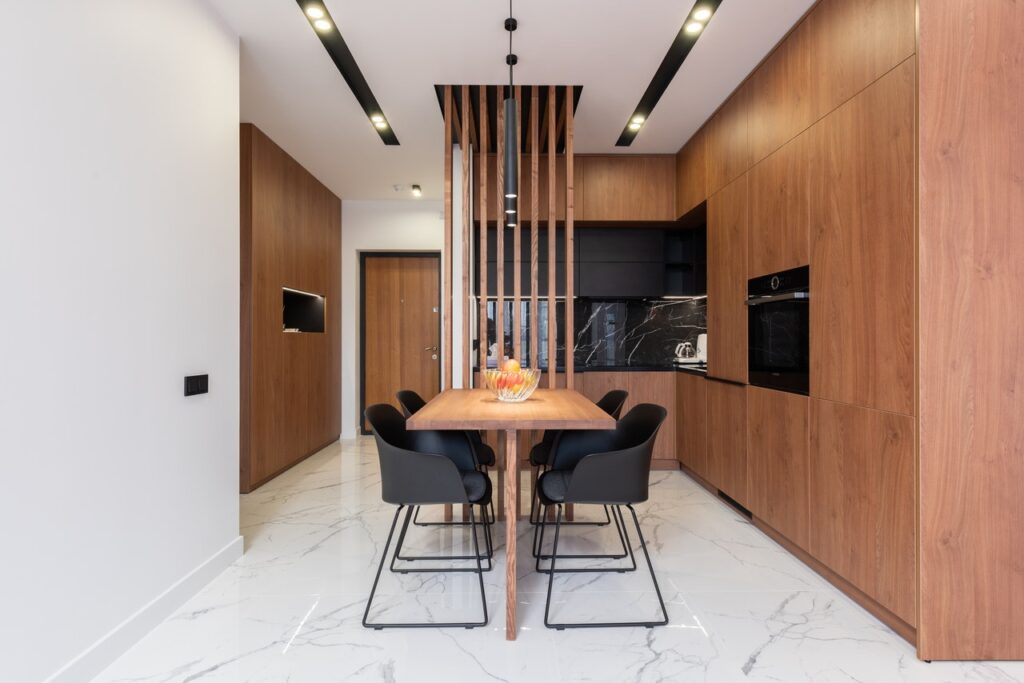

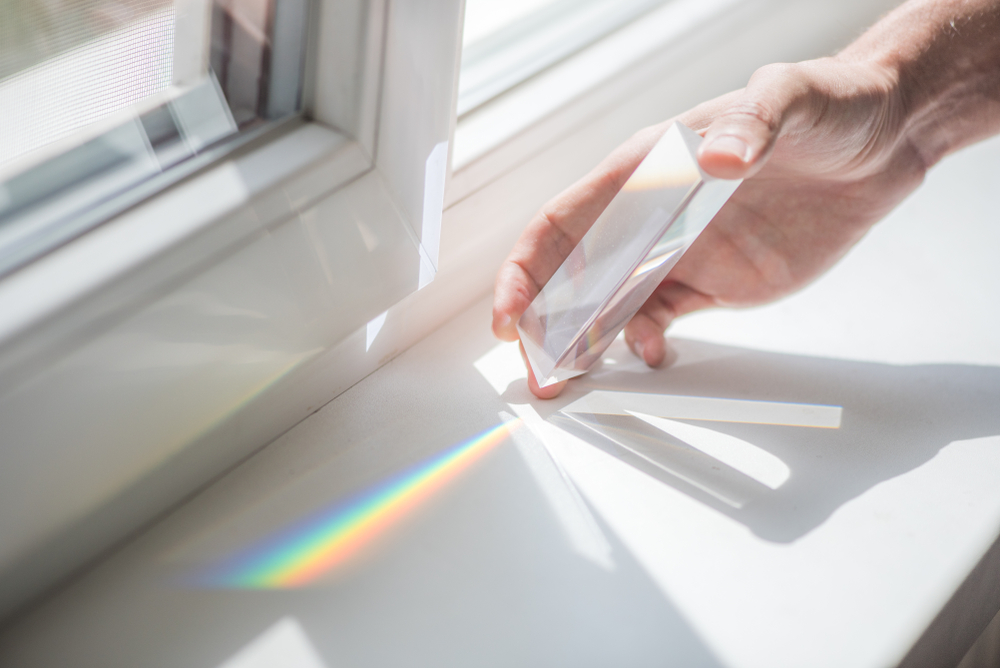 Blue light has high energy and its color temperature is
Blue light has high energy and its color temperature is  The human body runs according to a
The human body runs according to a  Good sleep is crucial to overall good health. Our bodies need that time to rest and restore each day. The brain uses sleep to
Good sleep is crucial to overall good health. Our bodies need that time to rest and restore each day. The brain uses sleep to  Have you ever noticed that many sit-down restaurants feel as if they are only half-lit? This isn’t done to save on the electricity bill, there’s a science behind it! Restaurateurs take advantage of both types of light to keep their business running smoothly. Warm, dimmed lighting in the dining areas naturally relaxes guests and encourages quiet. The kitchens are brightly lit with cool light to help everyone working there to be fully alert and productive while working at high speed.
You can do the same thing in your home once you know how it works. Warm, red light is
Have you ever noticed that many sit-down restaurants feel as if they are only half-lit? This isn’t done to save on the electricity bill, there’s a science behind it! Restaurateurs take advantage of both types of light to keep their business running smoothly. Warm, dimmed lighting in the dining areas naturally relaxes guests and encourages quiet. The kitchens are brightly lit with cool light to help everyone working there to be fully alert and productive while working at high speed.
You can do the same thing in your home once you know how it works. Warm, red light is  Older incandescent bulbs are a great source for warm light, but they’re being phased out in the lighting industry in favor of safer and more efficient alternatives. But that doesn’t mean you need to break out the candles just yet!
LED stands for “light-emitting diode”. Essentially they’re microchips that glow as electricity passes through them. This design not only makes them up to
Older incandescent bulbs are a great source for warm light, but they’re being phased out in the lighting industry in favor of safer and more efficient alternatives. But that doesn’t mean you need to break out the candles just yet!
LED stands for “light-emitting diode”. Essentially they’re microchips that glow as electricity passes through them. This design not only makes them up to  When you’re planning where you want to introduce warm light in your home, think about the main uses for each space. One method is to designate each space in your home as an active or rest area.
Active areas are places where you’re working. Blue light promotes focus and alertness, so it’s great to have in places like the kitchen, homework stations, home office, and garage.
Rest areas are places where you want to relax and feel comfortable. They’re often gathering places like the living room or dining room, or night-time areas like hallways and bedrooms.
Some rooms will have a combination of uses, so you’ll want to use a combination of light types! Bathrooms could use a mix, as blue light is great for a makeup table but warm light is more relaxing for a soak in the tub. Large great rooms might have seating and dining spaces that are rest areas, and study desk and food prep spaces that are active areas. Play around with lamps, dimmers, and smart bulbs to get the right balance for the way you use your home.
When you’re planning where you want to introduce warm light in your home, think about the main uses for each space. One method is to designate each space in your home as an active or rest area.
Active areas are places where you’re working. Blue light promotes focus and alertness, so it’s great to have in places like the kitchen, homework stations, home office, and garage.
Rest areas are places where you want to relax and feel comfortable. They’re often gathering places like the living room or dining room, or night-time areas like hallways and bedrooms.
Some rooms will have a combination of uses, so you’ll want to use a combination of light types! Bathrooms could use a mix, as blue light is great for a makeup table but warm light is more relaxing for a soak in the tub. Large great rooms might have seating and dining spaces that are rest areas, and study desk and food prep spaces that are active areas. Play around with lamps, dimmers, and smart bulbs to get the right balance for the way you use your home.
 This world feels chaotic at times, and finding balance can feel daunting. We can’t help much with office politics or your crazy neighbors, but when it comes to lighting we know a thing or two about helping you find just the right light for your home. If you’re ready to start creating a balanced home with warm light,
This world feels chaotic at times, and finding balance can feel daunting. We can’t help much with office politics or your crazy neighbors, but when it comes to lighting we know a thing or two about helping you find just the right light for your home. If you’re ready to start creating a balanced home with warm light, 
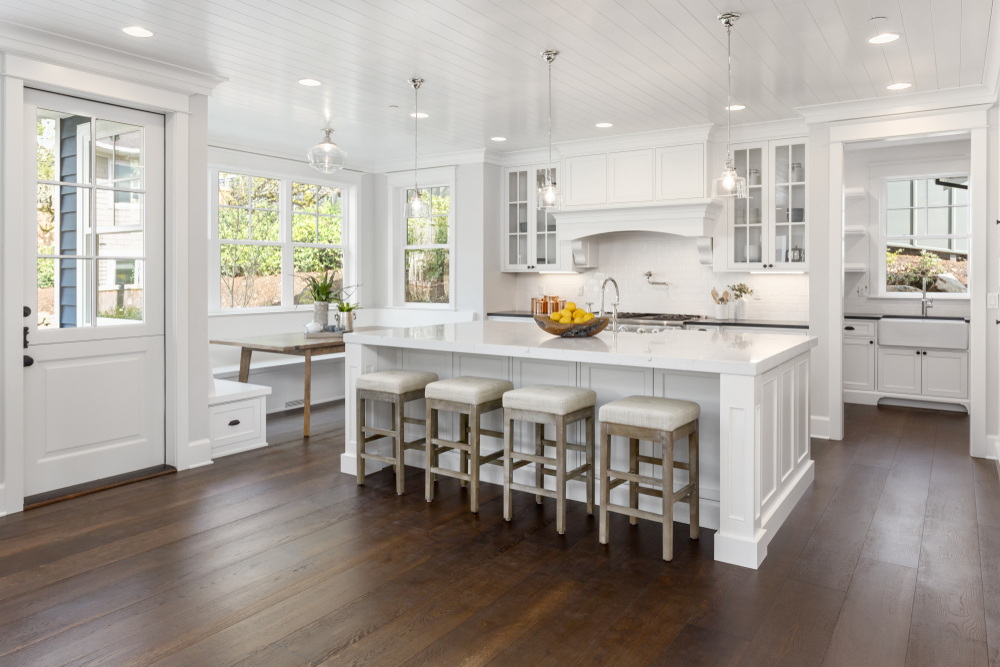
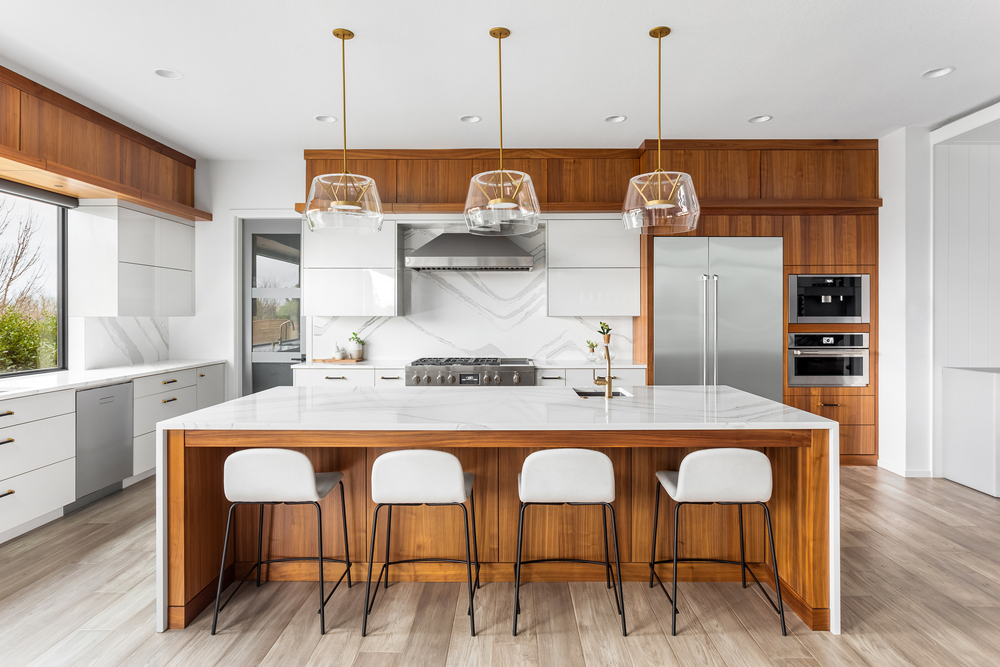
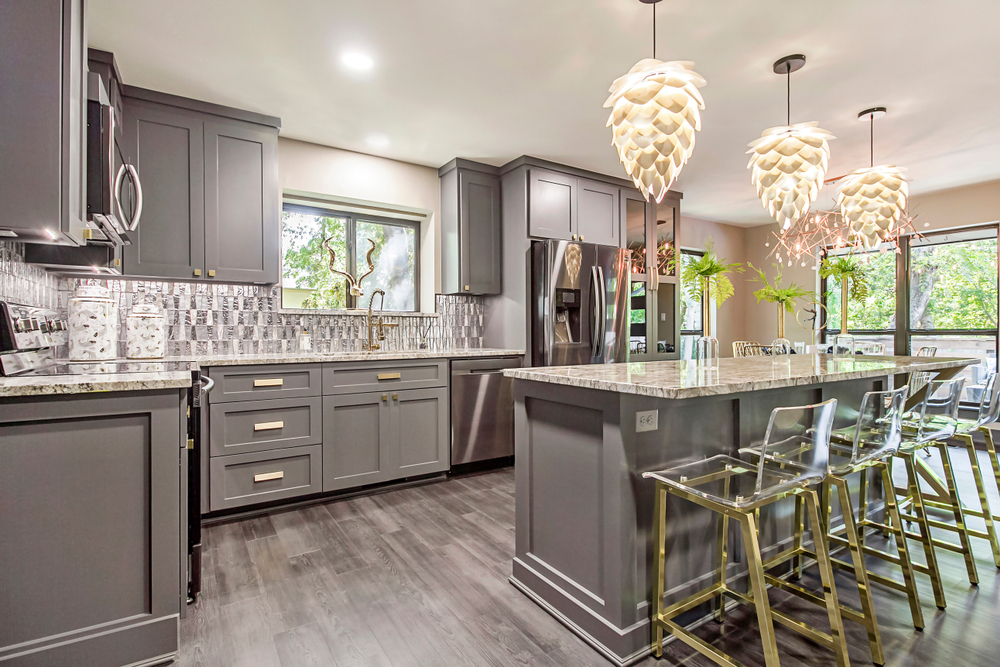

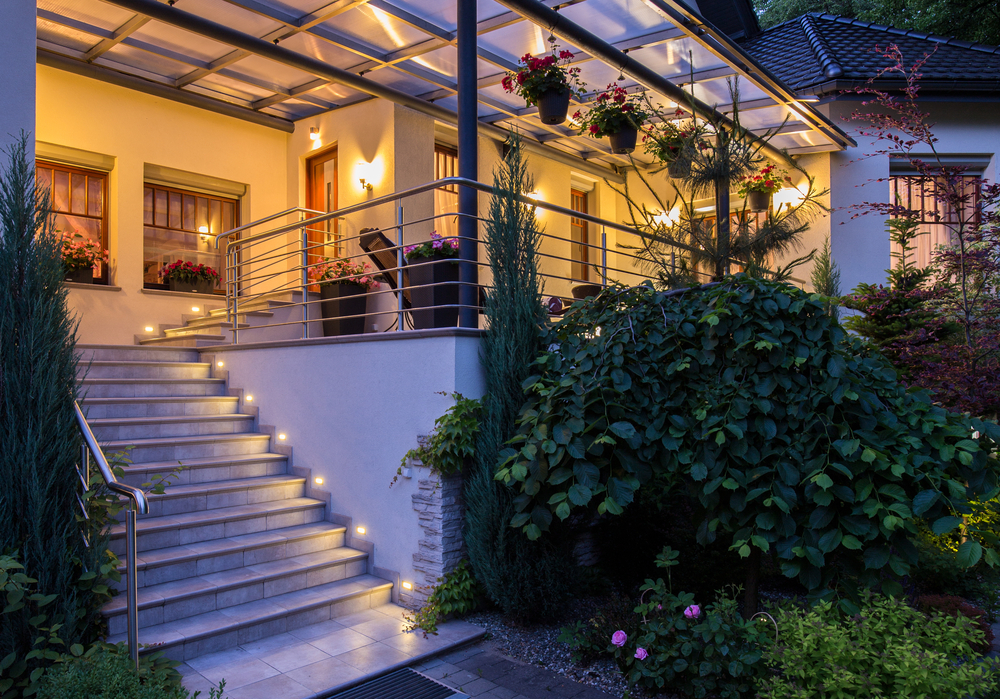
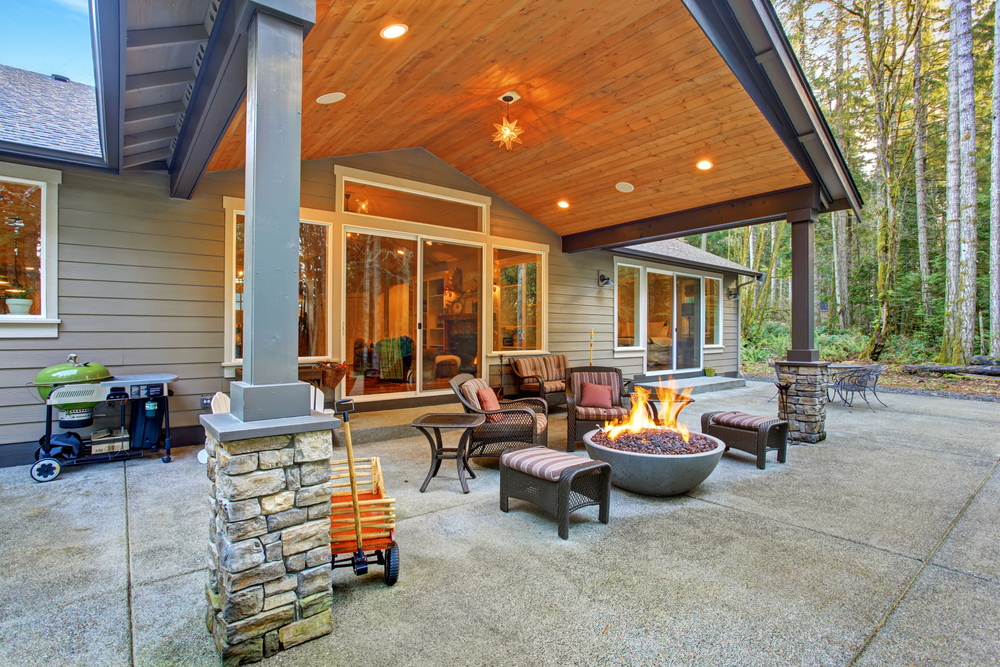
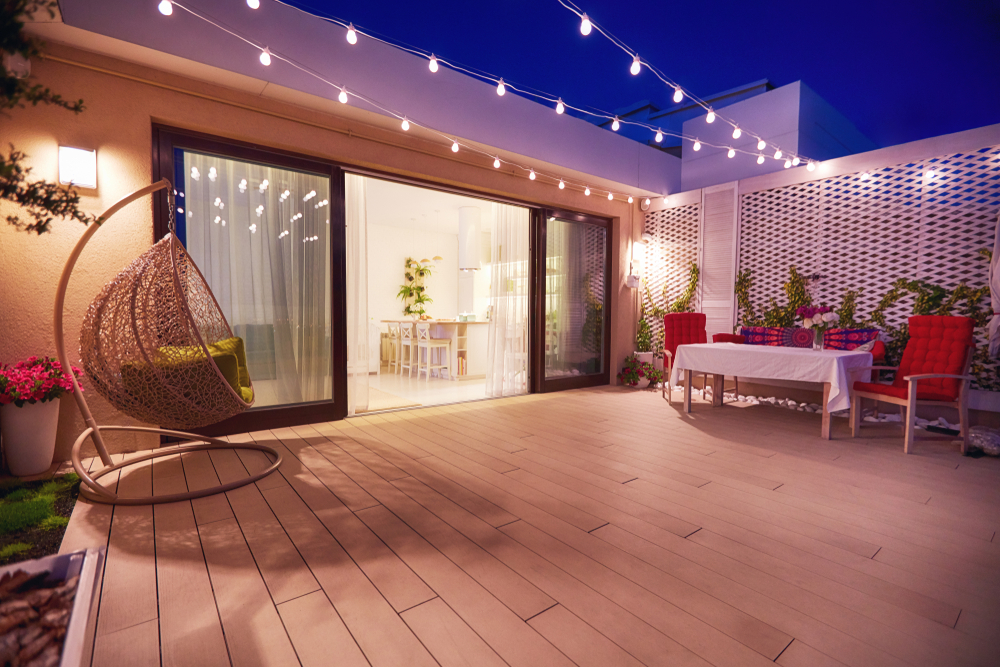
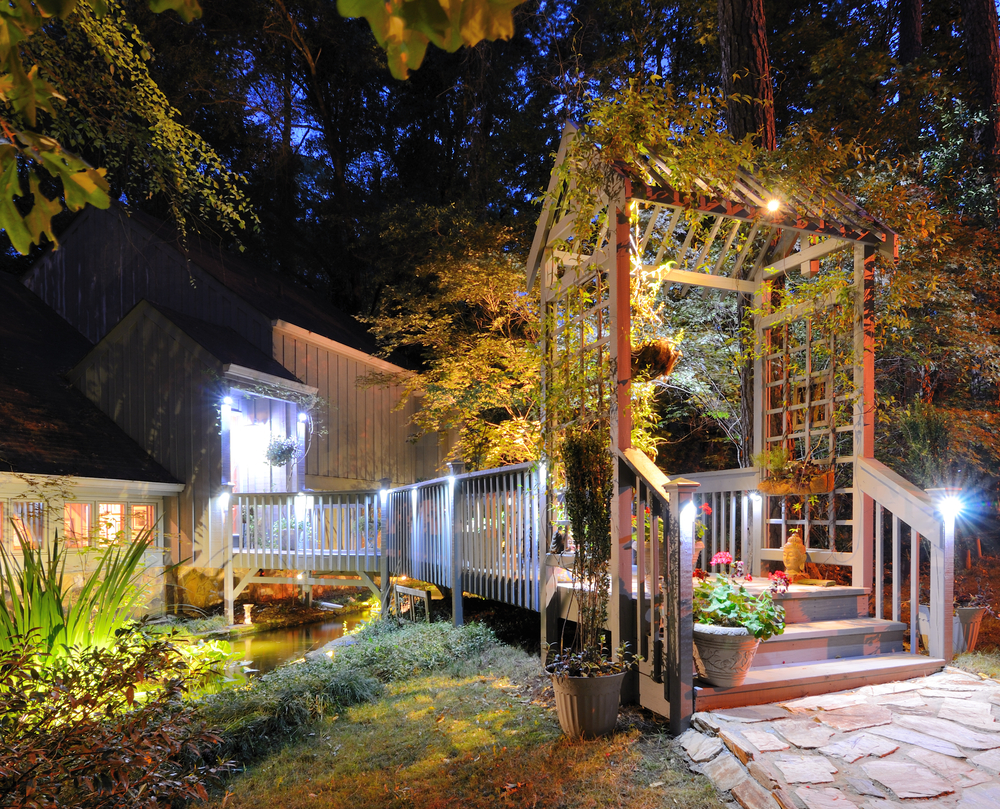
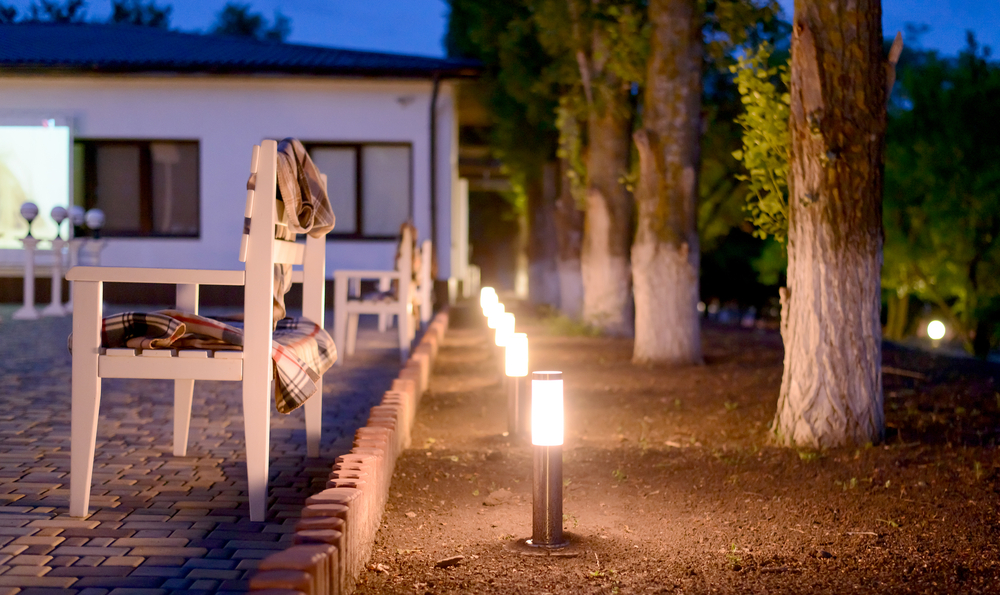
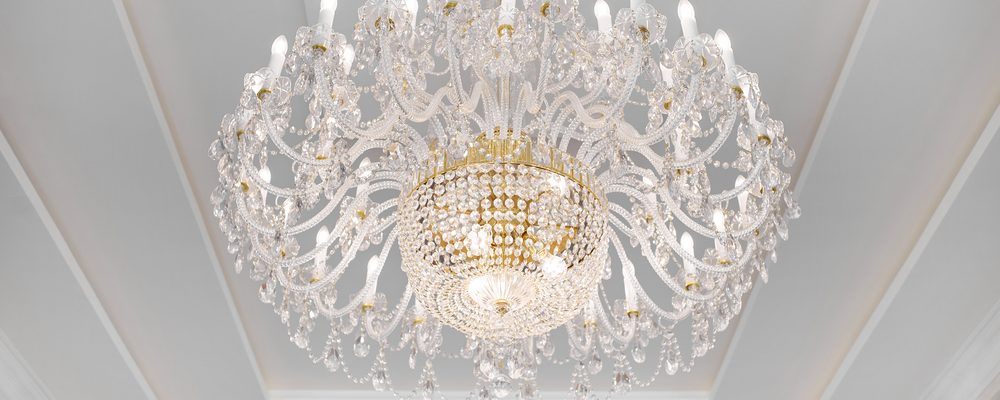
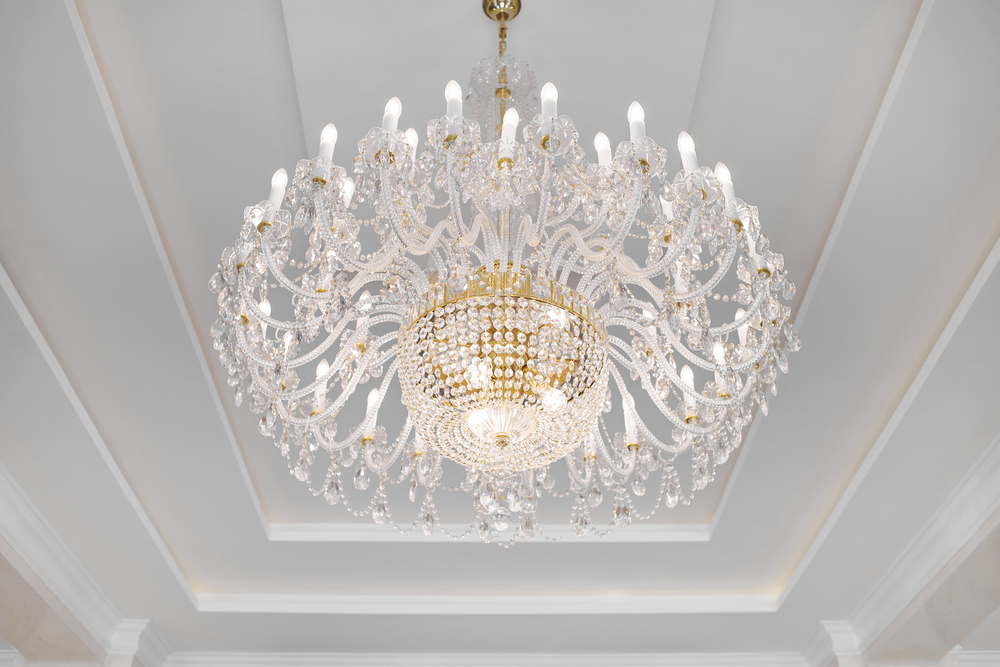 Chandelier
Chandelier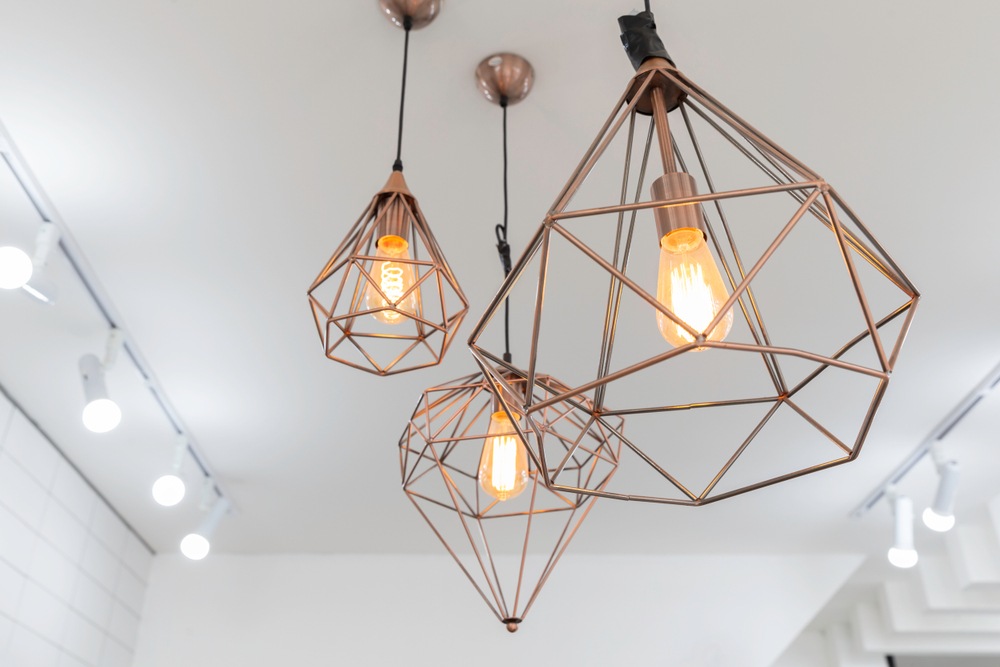 Pendant Light
Pendant Light